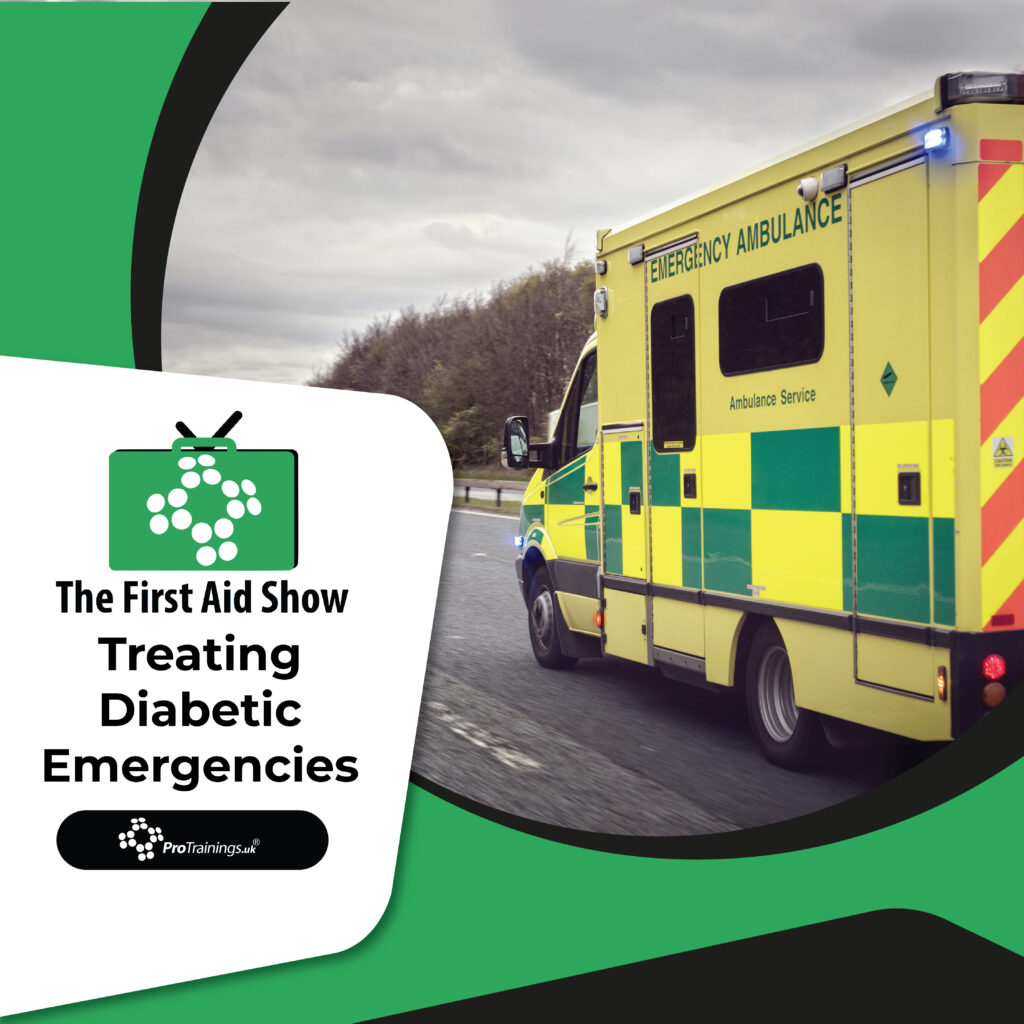Understanding and Treating Diabetic Emergencies
Welcome to this edition of the First Aid Show. Today, we delve into the protocols for managing diabetic emergencies, a common issue that demands quick and informed responses.
Identifying Types of Diabetic Emergencies
Diabetic emergencies can manifest as either hyperglycaemia (high blood sugar) or hypoglycaemia (low blood sugar). Each condition has distinct symptoms and requires specific treatments.
Recognizing Hyperglycaemia
In a hyperglycaemic event, a diabetic person may experience increased lethargy, intense thirst, and sweating. These symptoms typically develop over hours or days. It is crucial to monitor their condition and seek medical help if they are severely unwell.
Addressing Hypoglycaemia
Conversely, hypoglycaemia manifests quickly with behavioural changes such as confusion, irritability, and physical symptoms like sweating. It is vital to act swiftly:
- Check their blood glucose level using their personal meter; normal levels are typically between 4 and 6 mmol/L.
- If readings are below 4 mmol/L, assist them in consuming quick-absorbing sugars such as glucose tablets, honey, or jam.
- Avoid giving additional insulin during an episode of hypoglycaemia.
Tips for Treating Diabetic Emergencies
If the individual is conscious and able to communicate, encourage them to use their glucose meter to check their levels. For those wearing a continuous glucose monitor (CGM), access their readings via their smartphone to make informed decisions quickly.
Preventive Measures
Encourage the regular monitoring of blood sugar levels to prevent emergencies. If an individual is unsure about their diabetic status but shows symptoms, look for a medical ID bracelet or signs of insulin use like bruising at injection sites.
In conclusion, Treating Diabetic Emergencies effectively involves quick recognition of symptoms, immediate treatment with appropriate sugar or carbohydrate intake, and professional medical consultation when necessary. Educating yourself about these emergencies can make a significant difference in the outcomes and can ensure yourself and others are protected.


